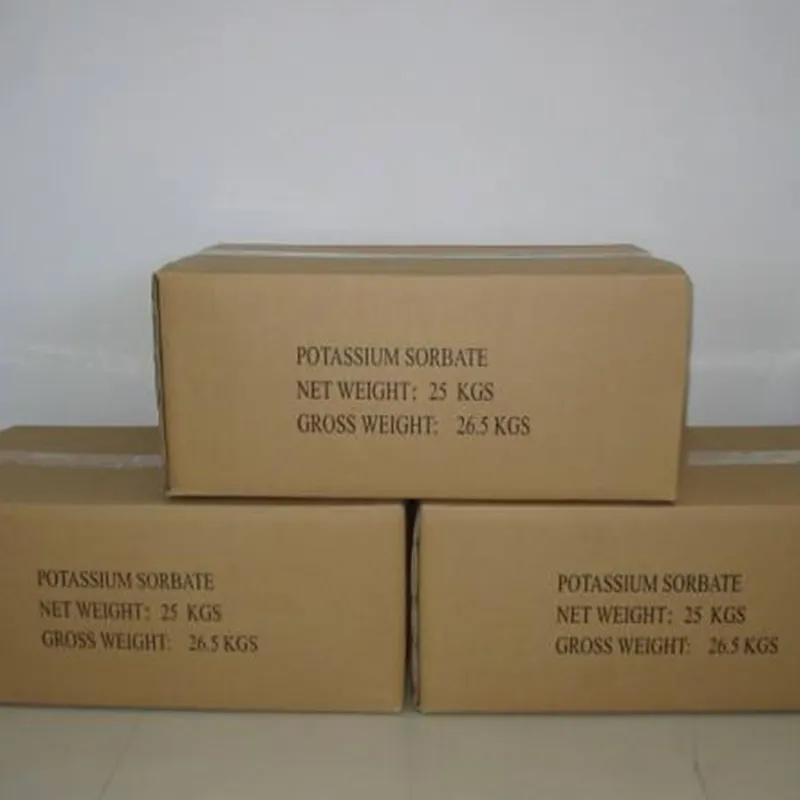
emulsifier 322 471
Understanding Emulsifier E322 (Lecithin) and E471 (Mono- and Diglycerides)
Emulsifiers play a crucial role in the food industry, serving as agents that stabilize mixtures of oil and water. Two widely used emulsifiers are E322, commonly known as lecithin, and E471, which encompasses mono- and diglycerides. These substances are integral in enhancing food texture, flavor, and shelf life.
E322 Lecithin
Lecithin, designated as E322, is a naturally occurring phospholipid primarily sourced from soybeans, eggs, and sunflower seeds. It is prized for its ability to stabilize emulsions, improving the consistency and mouthfeel of various food products. Lecithin not only acts as an emulsifier but also possesses antioxidant properties, which can help in extending the shelf life of products.
In culinary applications, lecithin is commonly found in anything from chocolates and baked goods to salad dressings and margarine. Its ability to bind fat with water enables a smooth, stable product that does not separate over time. Moreover, lecithin is regarded as a health supplement as it contains choline, an essential nutrient that supports brain health.
emulsifier 322 471

E471 Mono- and Diglycerides
E471, on the other hand, consists primarily of mono- and diglycerides of fatty acids, derived from the glycerol backbone of fats and oils. These are more common in processed foods and contribute significantly to the stability and texture of products such as ice creams, baked goods, and processed cheeses. Mono- and diglycerides serve not only as emulsifiers but also as texture modifiers, ensuring a creamy consistency and preventing the formation of ice crystals in frozen products.
One of the advantages of E471 is its ability to improve the shelf life and quality of food. It aids in preventing fat separation and helps products retain moisture, which is crucial for maintaining freshness. While E471 is predominantly derived from vegetable oils, consumers are increasingly concerned about sourcing, leading to a demand for products that specify the origin of these emulsifiers.
Conclusion
In summary, emulsifiers E322 and E471 are critical components of modern food production. Lecithin, with its origins in nature, provides health benefits along with its emulsifying properties. In contrast, mono- and diglycerides are versatile and effective in enhancing the texture and stability of a wide range of processed foods. As consumer awareness grows, the demand for transparency regarding the sources of these emulsifiers continues to influence food formulation and labeling practices. Understanding these ingredients allows consumers to make informed choices about the foods they consume, contributing to a healthier lifestyle.
-
nitrile-rubber-honoring-strict-production-standardsNewsAug.22,2025
-
aspartame-ingredients-honoring-food-safety-valuesNewsAug.22,2025
-
fertilizer-for-balanced-plant-nutritionNewsAug.22,2025
-
cyanide-gold-processing-with-high-purity-additivesNewsAug.22,2025
-
formic-acid-in-textile-dyeing-applicationsNewsAug.22,2025
-
aluminum-hydroxide-gel-in-skincare-productsNewsAug.22,2025
-
Regulatory Compliance for Global Mining Chemicals UseNewsAug.12,2025
Hebei Tenger Chemical Technology Co., Ltd. focuses on the chemical industry and is committed to the export service of chemical raw materials.
-

view more DiethanolisopropanolamineIn the ever-growing field of chemical solutions, diethanolisopropanolamine (DEIPA) stands out as a versatile and important compound. Due to its unique chemical structure and properties, DEIPA is of interest to various industries including construction, personal care, and agriculture. -

view more TriisopropanolamineTriisopropanolamine (TIPA) alkanol amine substance, is a kind of alcohol amine compound with amino and alcohol hydroxyl, and because of its molecules contains both amino and hydroxyl. -

view more Tetramethyl Thiuram DisulfideTetramethyl thiuram disulfide, also known as TMTD, is a white to light-yellow powder with a distinct sulfur-like odor. It is soluble in organic solvents such as benzene, acetone, and ethyl acetate, making it highly versatile for use in different formulations. TMTD is known for its excellent vulcanization acceleration properties, which makes it a key ingredient in the production of rubber products. Additionally, it acts as an effective fungicide and bactericide, making it valuable in agricultural applications. Its high purity and stability ensure consistent performance, making it a preferred choice for manufacturers across various industries.





